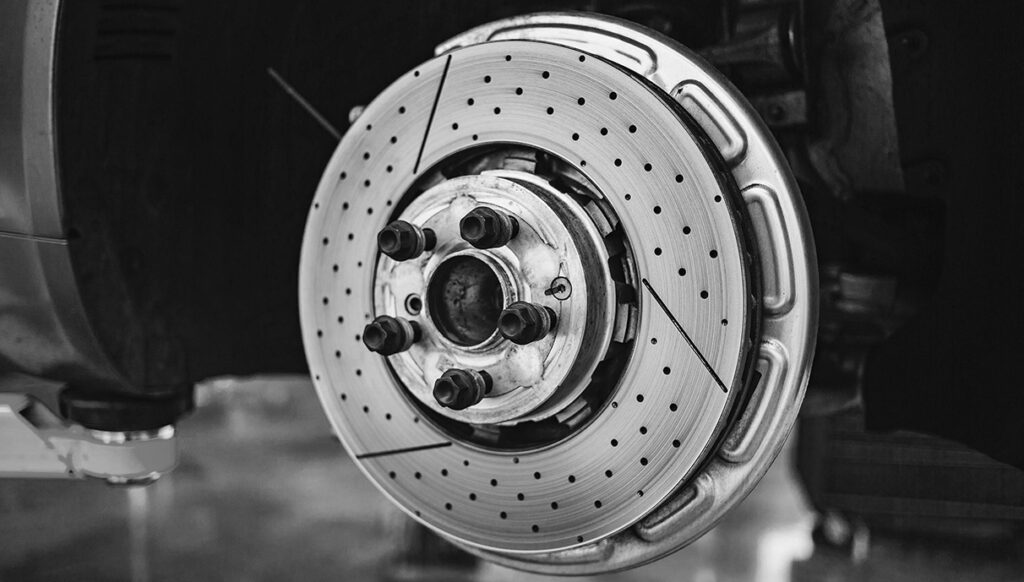
Proudly part of the Simply Auto Group Family. Locally owned, independently operated, and women-led. Check out our sister stores Simply Auto Care & SimplyEuro Automotive.
Copyright © Blair Automative | Privacy Policy | Marketing by Uncommon Web Design